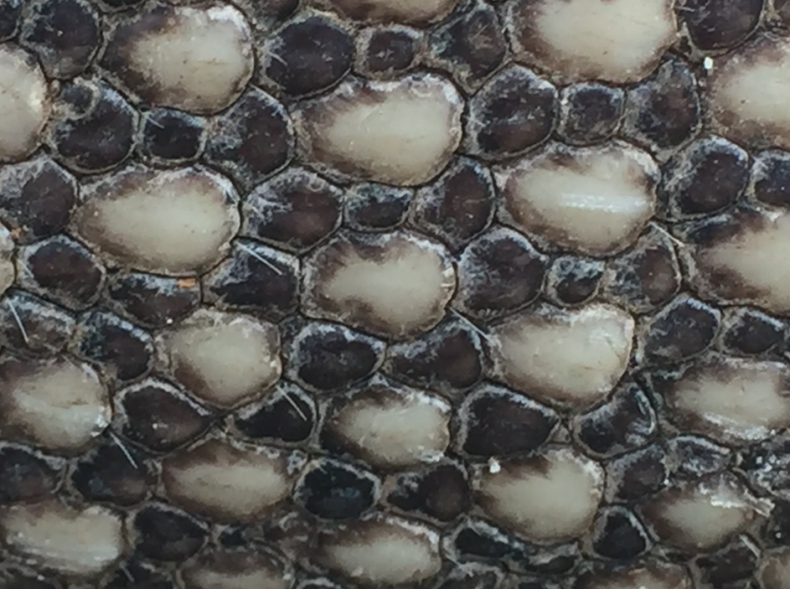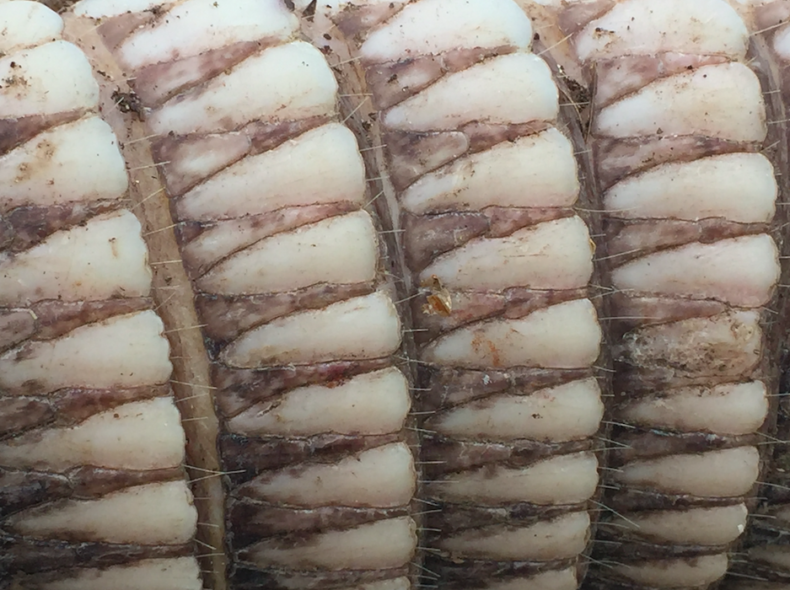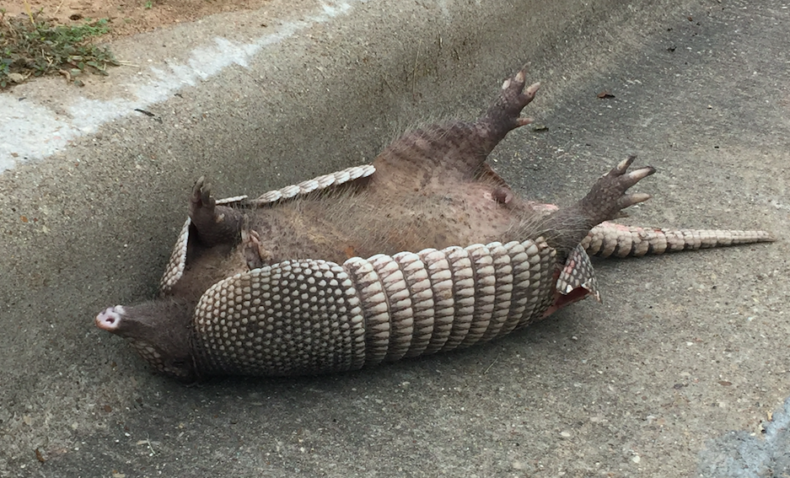
Earlier this fall, I had the privilege of profiling the anthropologist and photographer Amanda Stronza, who shoots sensitive portraits of roadkill and thus restores the beauty and dignity of the wild creatures that our vehicles obliterate. Amanda’s work reveals a fundamental paradox of roadkill, one that I also explore at some length in my book: Cars at once destroy nature and bring us into intimate contact with it, revealing the gorgeous physicality of creatures we’d never otherwise encounter. This is also an important theme of Barry Lopez’s classic essay Apologia, in which the writer stops to eulogize roadkill across America — including in Idaho, where he picks up a dead nighthawk and is approached by a curious farmer:
He runs a finger down the smooth arc of the belly and remarks on the small whiskered bill.
He pulls one long wing out straight, but not roughly. He marvels. He glances at
my car, baffled by this out-of-state courtesy. Two dozen nighthawks career past,
back and forth at arm’s length, feeding at our height and lower. He asks if I
would mind—as though I owned it—if he took the bird up to the house to show
his wife. ‘She’s never seen anything like this.’ He’s fascinated. ‘Not close.’ I
trust, later, he will put it in the fields, not throw the body in the trash, a whirligig.
I thought of Stronza and Lopez again recently, when I stopped for a dead animal — the first of its kind I’d seen by the road — and snapped the above photo, which, I think, captures something of the species’ wondrously intricate detailing. (I won’t mention the location yet, because it’s an important clue.) Can you guess the animal’s identity?
How about now?

Okay, here’s a hint: I took these pictures in Austin, Texas.
…
……
…………..
……………………………

Poor ‘dillo.